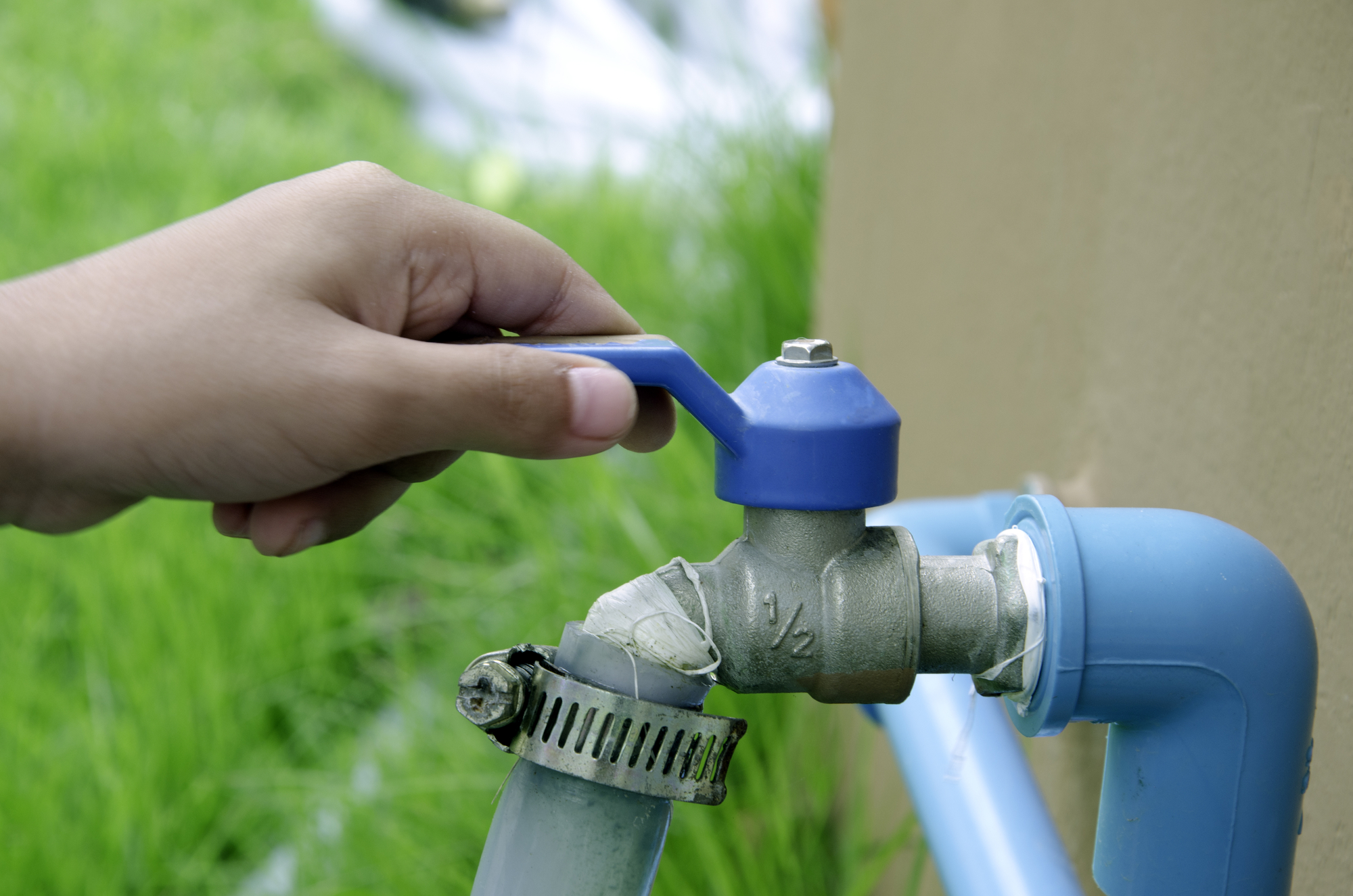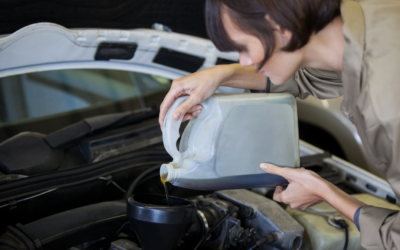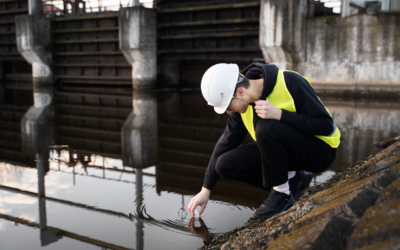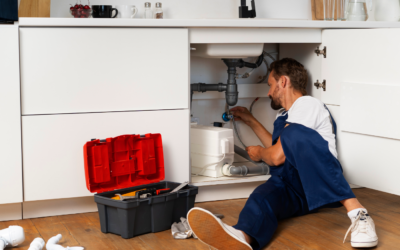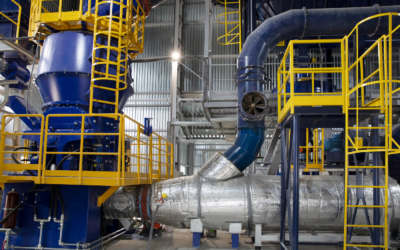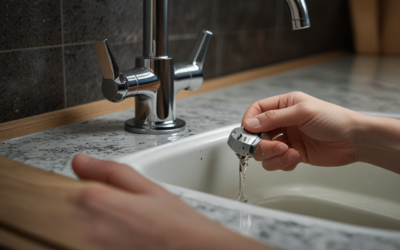In the recent years, there has been a significant shift in advanced eco-friendly plumbing practices as residents, businesses, and government prioritize conserving nature. This shift has been visible in commercial buildings where owners and managers are adopting eco-friendly plumbing practices aimed at preserving water resources, reducing wastewater, and conserving natural resources. Plumbing professionals have been on the forefront, educating, and advocating green plumbing practices. In this article, we delve into the rise of eco-friendly plumbing practices in commercial buildings.
Green Plumbing Practices in Commercial Buildings
Green plumbing practices refer to environmentally friendly measures aimed at minimizing the adverse effects of human activities on the environment. The plumbing industry has witnessed a significant shift since water is a valuable natural resource. In commercial buildings, water consumption accounts for a considerable percentage of the total energy bill, hence the reason for green plumbing practices. Here are some eco-friendly plumbing practices in commercial buildings;

Water-saving appliances
One of the most efficient eco-friendly plumbing practices is the installation of water-saving appliances. Water-saving appliances include efficient sinks, low-flow showerheads, low-volume flush toilets, and water-conserving dishwashers. These appliances aim to reduce water wastage and save on water bills. For instance, a low-volume flush toilet disposes of waste with less water (usually 1.6 gallons) compared to the traditional flushed toilet (usually 3.5 gallons).
Water filtration system
Water filtration systems are ideal measures in commercial buildings to reduce the use of bottled water. For instance, a water filtration system purifies tap water, eliminating any contaminants present. A commercial building can install a water filtration system on the main faucet system or individual taps. This measure saves the building from purchasing bottled water and reduces the amount of plastic waste.
Greywater recycling
Greywater refers to wastewater from sinks, showers, and washing machines. Instead of dumping greywater, the eco-friendly plumbing measures involve recycling the water for non-potable uses such as flushing the toilets and watering plants. Greywater recycling helps to reduce the amount of water used in commercial buildings, especially in low water areas.
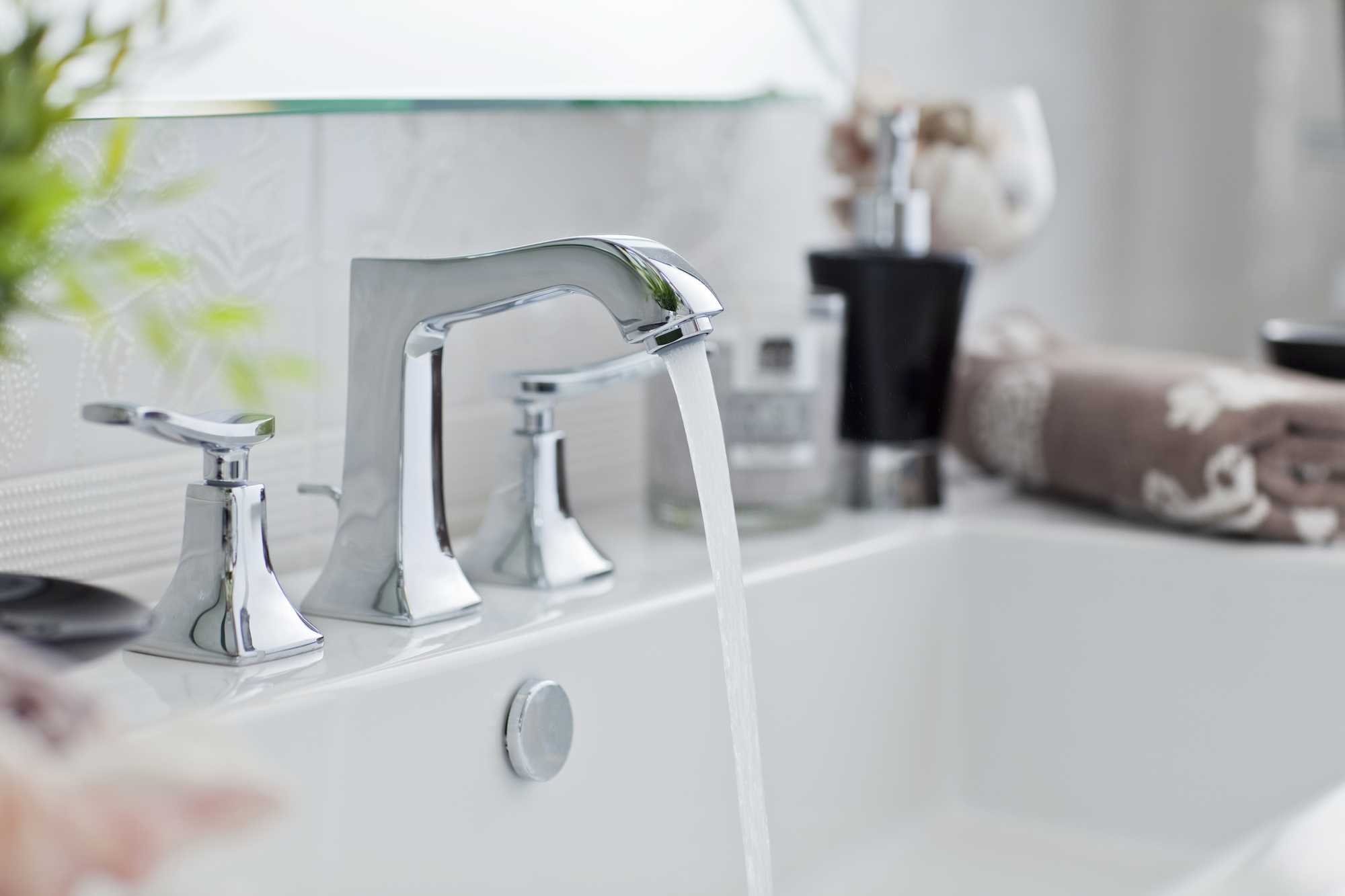
Rainwater harvesting
Rainwater harvesting involves collecting and storing rainwater from rooftops for future use in non-potable water requirements in the commercial building. Rainwater harvesting is an eco-friendly plumbing measure ideal for commercial buildings in areas with little rainfall or low water supply. Water collected is stored in large tanks for later use.
Energy-efficient water heaters
Water heaters are essential in commercial buildings, especially where there is a need for hot water. Energy-efficient water heaters are eco-friendly plumbing practices that use less energy and natural gas. Conventional water heaters are inefficient, using more energy and natural gas to heat water. An energy-efficient water heater reduces energy bills and conserves natural resources.
Benefits of Eco-Friendly Plumbing Practices
The shift to eco-friendly plumbing practices in commercial buildings is beneficial, both to the environment and the building owner. Here are some of the benefits of eco-friendly plumbing practices in commercial buildings;
Environmental conservation
Eco-friendly plumbing practices help conserve the environment by reducing the amount of water consumption by commercial buildings. For instance, water-saving appliances reduce the amount of water used in the building, reducing the overall environmental impact.
Energy savings
Another benefit of eco-friendly plumbing practices in commercial buildings is energy savings. Energy-saving appliances such as low-flow showerheads and water-saving dishwashers reduce the energy used, resulting in lower monthly energy bills.
Cost savings
Green plumbing measures in commercial buildings lead to cost savings in various ways. Water-saving appliances result in lower water bills, energy-efficient water heaters reduce gas and electricity bills, and greywater recycling reduces wastewater bills.
Marketing opportunities
The shift to eco-friendly plumbing practices positions a commercial building as a responsible entity and a leader in environmental conservation. Such positioning leads to an increase in customer loyalty, especially customers who prioritize environmental conservation.
Conclusion
Eco-friendly plumbing practices are the future of plumbing in commercial buildings. Businesses and building owners are shifting towards eco-friendly plumbing practices to conserve natural resources, reduce the environmental impact of their activities, and reduce costs significantly. Plumbing professionals have a crucial role in educating the public and advocating green plumbing practices. The benefits of eco-friendly plumbing practices cannot be overstated, and it is high time commercial buildings adopt the green plumbing measures. For more information on plumbing services, visit our website, aceplumbingrepair.com, or call us at (844) 711-1590.

